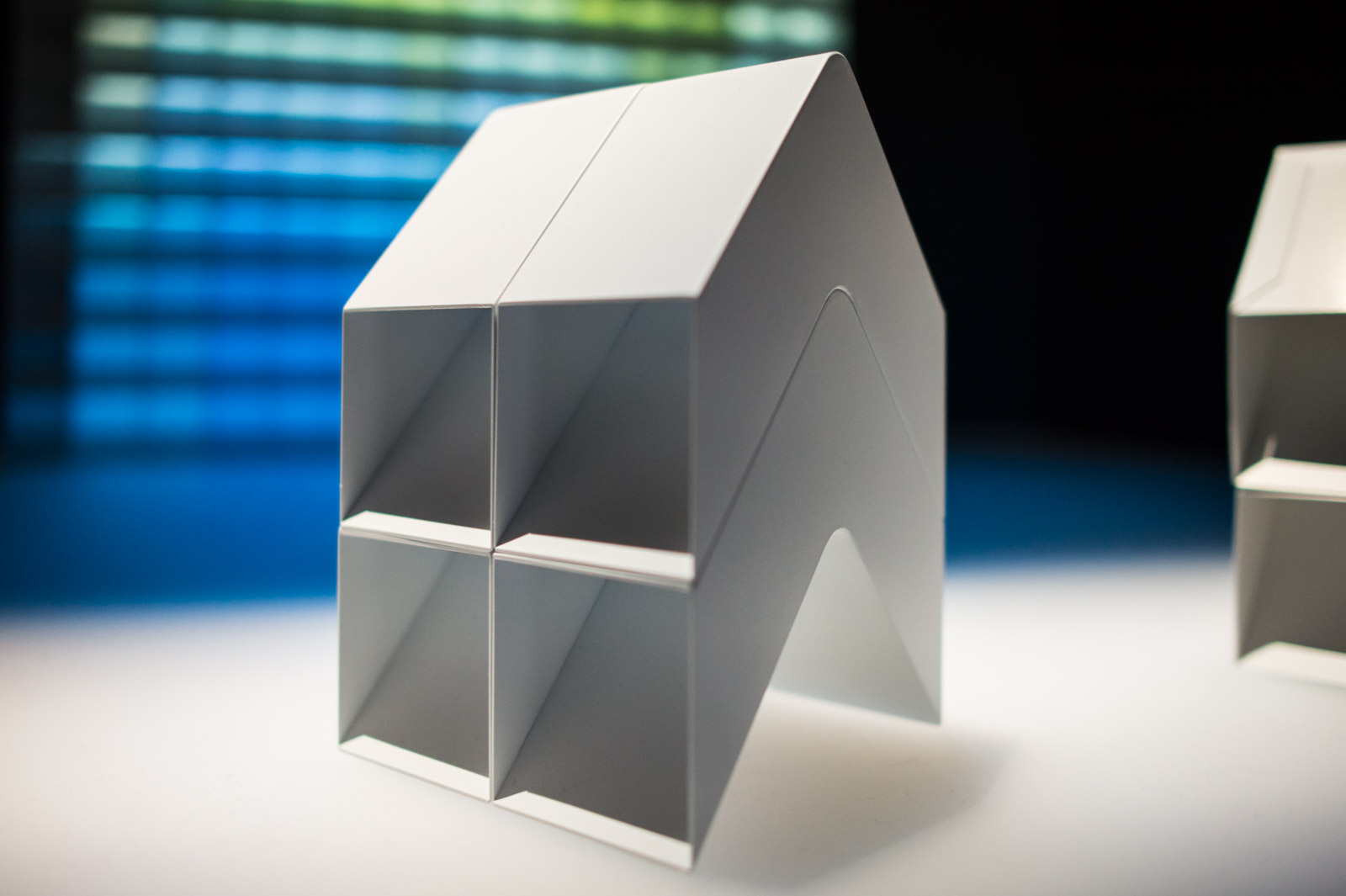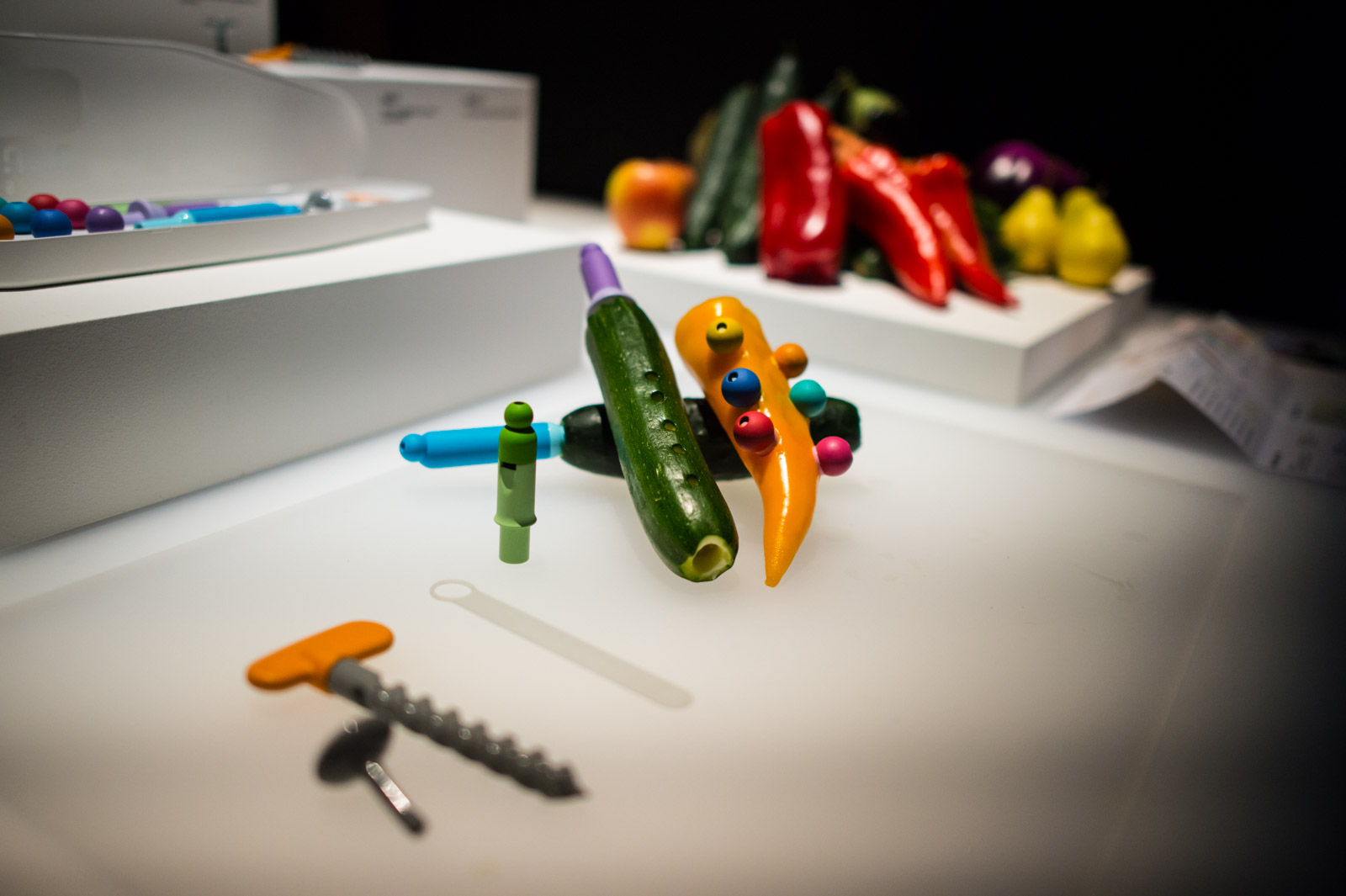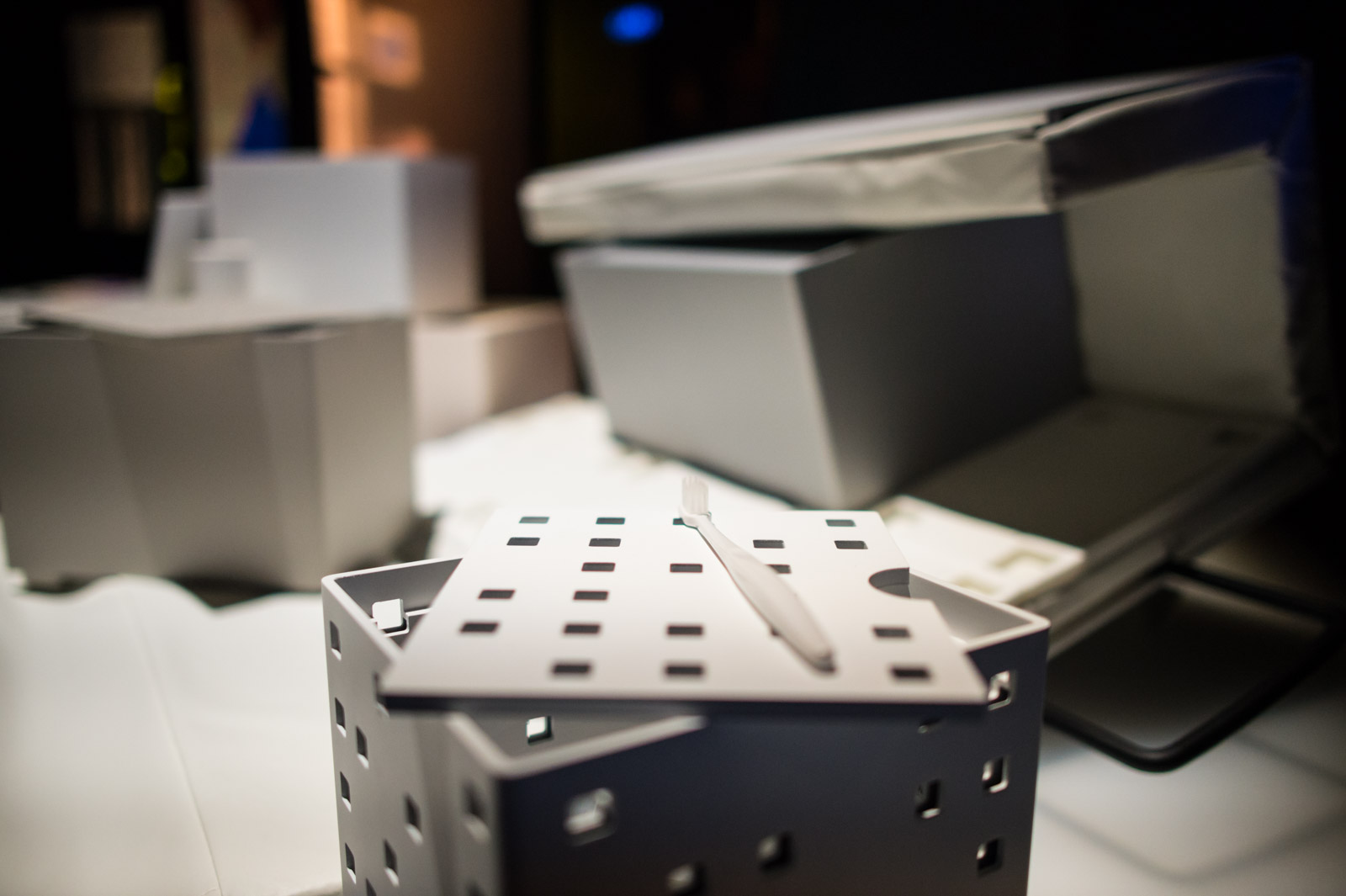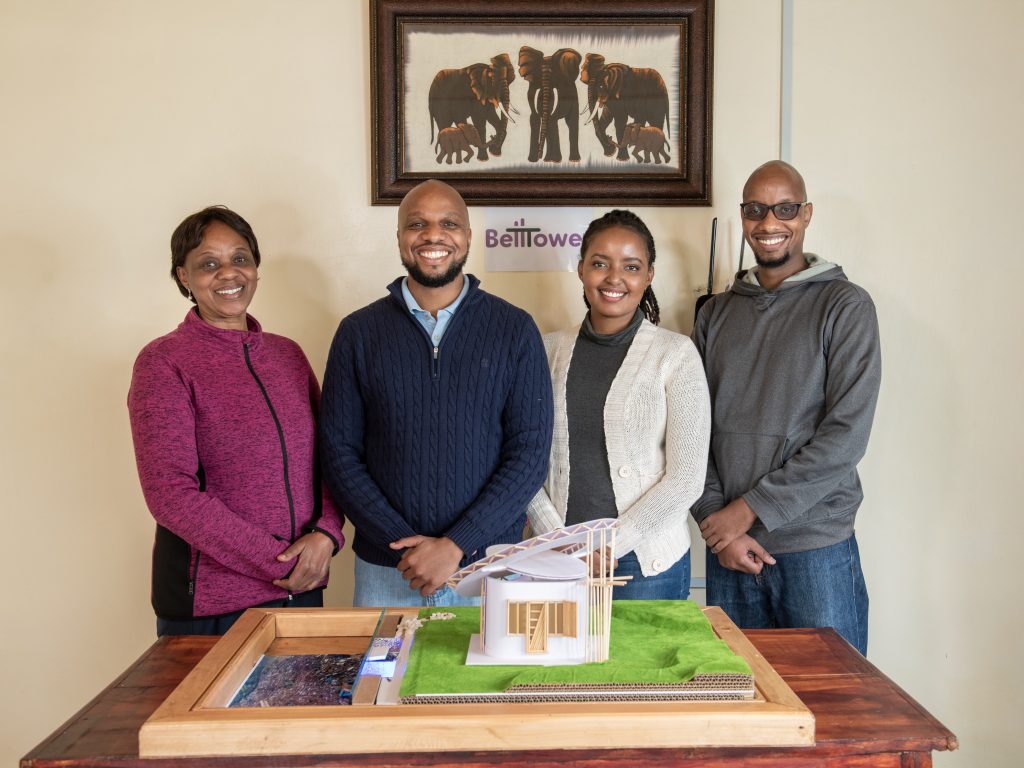PIXEL announced as winner of Lexus Design Award under the mentorship of Snarkitecture
A closer look at this year’s work under the theme ‘Yet’

Settling in to its fifth year, the Lexus Design Award is a global competition held annually, with an installation, presentation and winner announced at Milan Design Week. Over 1,100 entrants submitted ideas for this year’s award, exploring the theme of “Yet,” a philosophy meaning that the imagination required to combine two ideas that seem in contradiction can yield greater innovation. “With ‘Yet,’ we don’t compromise; we harmonize to create synergy that reveals unexpected yet amazing new possibilities” says President of Lexus International Yoshihiro Sawa, recognizing that the program’s theme grew from an ethos the auto manufacturer embodies. The prestige of the Lexus Design Award is amplified this year with a jury of global design critics including Alice Rawsthorn, Aric Chen, Toyo Ito, Birgit Lohmann, Paola Antonelli and Yoshihiro Sawa. The Lexus Design Award “really gets involved and invests in the designers. It’s not simply about using the names and the projects of young designers to give the brand a dusting of innovation. It’s about proving that design really matters,” shares Antonelli, Senior Curator of the Department of Architecture and Design/Director of Research and Development at The Museum of Modern Art, New York City.
Twelve finalists prepared presentations of their work, including four invited to develop prototypes of their ideas under the mentorship of industry veterans. Among them, Jessica Fügler and Elena Manferdini with whom we spoke with last week. On site at La Triennale di Milano we met the other three finalists, their incredible mentors and the remarkable panel of judges—highlighted below. We’re also proud to announce the 2017 Lexus Design Award winner is Hirohito Yoshizoe for his work “Pixel,” who was mentored by Snarkitecture.

Pixel by Hiroto Yoshizoe, mentored by Snarkitecture
As a child, Tokyo-based Hiroto Yoshizoe loved watching light from the television dance on the ceiling, he told us when asked about his inspiration to work with light in his designs. Pixel is a simple, brilliant expression of this childhood wonder. An a-framed building block that can be rendered in a range of materials and sizes, Pixel bends the light source from one side to create a diffuse rendering on the other—light, yet shadow. Assembled into a screen, a grid of Pixels can bring gentle animation of outdoor light into a room or be used with rear projection to create ambient and artistic animations.
A strength of this program is connecting the finalists to established creatives as mentors, who put forth the names of the designers they are most interested in working with. Antonelli notes that the finalists and mentors “have four months to work intensely to prove their point and produce a working prototype. I don’t know of any other award that does that. And as a judge you are able to make your decision based on actual things, not just concepts.” Alex Mustonen, a founder and partner at Snarkitecture (and returning mentor to the Award), noted that Yoshizoe had a very strong concept in mind, and that they spent their time refining it and working extensively on materials. For his next step after winning, Yoahizoe would like to work with masters of different materials—sheet metal, paper and plaster—to further refine the design of PIXEL.

Player’s Pflute by Jia Wu, mentored by Max Lamb
Jia Wu wanted to solve the socio-economic disparities that block children in her native home of China and her collegiate residence in the UK from learning musical instruments. Her answer, developed in collaboration with mentor Max Lamb, is a colorful kit of parts that kids can use to turn vegetables into music makers. Player’s Pflute includes three mouth pieces, nine valves and the tools necessary to core a carrot or zucchini to let air pass through, making learning music accessible, entertaining and even nutritious. It’s a clever way to have fun and to get kids to get closer to fruits and vegetables in a playful and inventive way.

Having Nothing, And Yet Possessing Everything by Ahran Won, mentored by Neri & Hu
Korean designer Ahran Won wanted to do something for people around the world who have nothing, have lost everything or just want to simplify. Having Nothing, And Yet Possesing Everything is as much a cultural statement as it is a design solution. The modular mobile unit carries one’s basic needs and transforms to create micro living environments, in turn creating a sense of home wherever it’s unpacked. When reviewing the array of entrants, design duo Neri & Wu immediately felt a kindred spirit with Won and they’re proud to have mentored her. Together the team hopes that in this week of overabundant design those who see Won’s project take a moment to reflect on the fact that we really need much less than we think.
We’re always excited to participate in the Lexus Design Award for its unique commitment to the design community, fostering creativity, collaboration and ideas in the pursuit of better problem solving and communication. Congratulations to all of this year’s finalists and prototype winners.
Images by Cool Hunting Studio, video courtesy of Lexus












